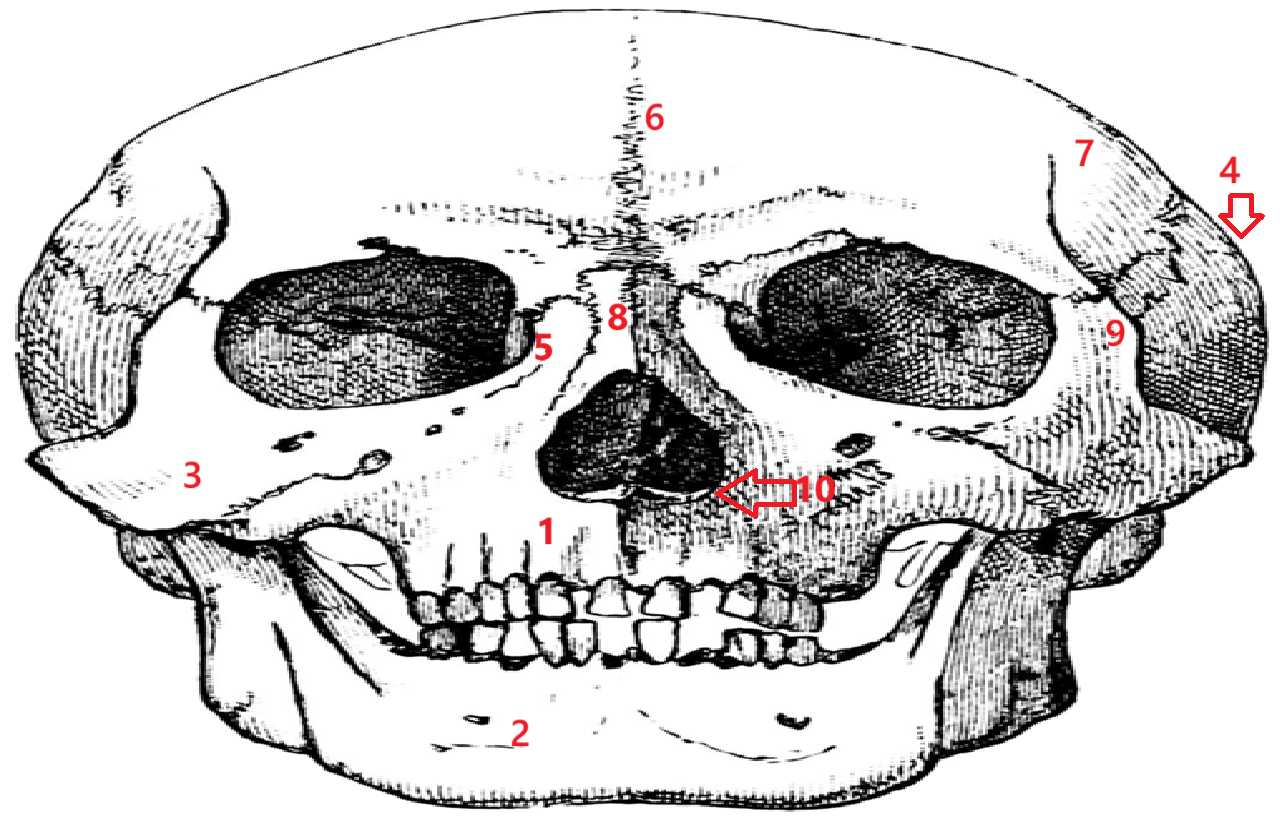
The Human Skull Trivia Quiz
You could argue the skull is head and shoulders above our other bones - because it is! But can you identify these ten bones of the skull?
A label quiz
by Joepetz.
Estimated time: 3 mins.


| 1. |
| 2. |
| 3. |
| 4. |
| 5. |
| 6. |
| 7. |
| 8. |
| 9. |
| 10. |